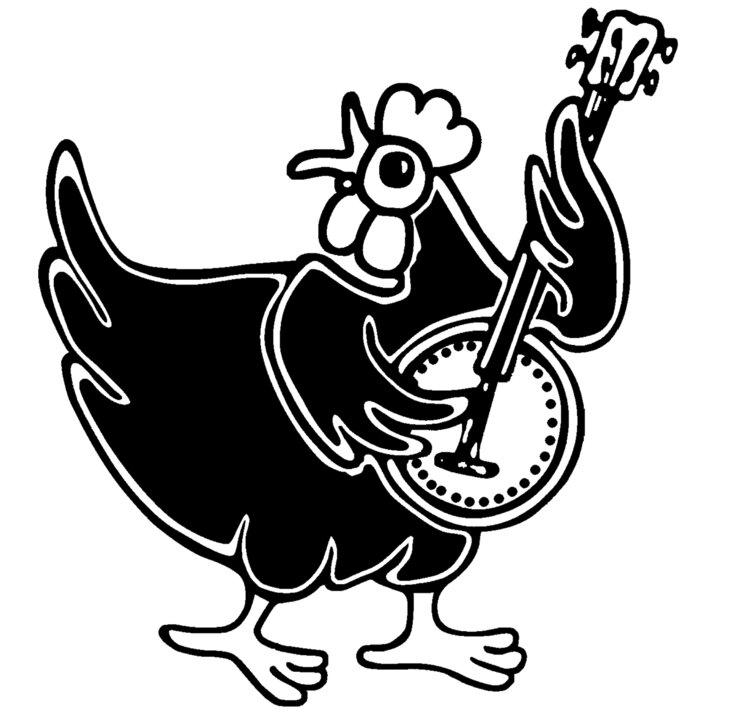Multiple Juno Award-winning producer and sideman Steve Dawson has spent a lot of time in the studio capturing the essence of artists such as Jim Byrnes, Matt Patershuk, Kelly Joe Phelps, John Hammond, Birds of Chicago and Big Dave McLean.
As you see below, however, when he does turn his hand to composing and playing his own original material he creates something pretty magical himself. Watch him performing Bugscuffle which showcases his unique tuning and voice on the Weissenborn lap guitar. It’s taken from his new album Lucky Hand (out June 15 via Black Hen Music), an album that represents a high point of more than two decades of musical searching.
Comprised of ten instrumental tracks of solo, duo and full-bodied string quartet works, Dawson has never released music as sweeping, dynamic and visually suggestive as this. Enlisting his old partner, Jesse Zubot along to create complementary and adventurous arrangements for his guitar excursions, these completely realized compositions – with Zubot’s orchestration adding colour to the sepia-tinged melodies – represent Dawson’s finest recordings yet. 2018 marks 20 years since the debut of Zubot and Dawson, and their collaborations never cease to inspire.
Lucky Hand is Steve Dawson’s 8th album and his first record of instrumental music since Rattlesnake Cage in 2014. The scope of his musical voice broadens to take on a cinematic quality as he sketches aural paintings and creates tapestries of sound with his guitar. Recorded live off the floor, with up to twelve microphones in various positions throughout the large studio space to capture the guitar and orchestration, this recording represents the perfect intersection of the primitive and the modern that has fascinated Steve for so long.
Since the beginning of his career, Dawson has beguiled his listeners with his unforced approach to slide and fingerstyle guitar. Nimble melodies dance through the undercurrent of his deceptively simple songs, but scratch a little below the surface and there’s a wealth of musical riches embedded in the tracks that slowly reveals itself. As Dawson’s playing demonstrates, it can take a lifetime of toil to make music like this that sounds so fluid, unforced and easy. Listen carefully and you’ll discern snatches of musical ideas from dustbowl history and the Delta Blues, nods to Chet Atkins, the inference of a Mississippi John Hurt melody, the dissonance of John Fahey remembered in a sustaining chord, and modern touches with nods to Leo Kottke and Sonny Landreth. Close your eyes and you can picture Doc Watson and Charlie Patton jamming together, sharing a wink and a nod to resolve a melody. But, Steve Dawson is never reverential without purpose and has no interest in echoing ancient riffs to show off the depth of his musical knowledge. The references are simply points on the compass for a new map he is drawing with Lucky Hand.
In the lead up to recording Lucky Hand, Steve was exploring Van Dyke Parks’ music and was fascinated by the musical interactions between Parks’ avant-garde string arrangements and the Americana guitar playing style he explored on early recordings with Ry Cooder and Phil Ochs. With this as his inspiration, Steve reached out to Jesse Zubot to help fulfil his vision by scoring and arranging the strings for five of Lucky Hand’s tracks. With the cream of the crop of Vancouver’s new music scene – including Peggy Lee (cello), Jesse and his brother Josh Zubot (violins) and John Kastle (viola) – contributing to the session, the results are never less than astonishing. Whereas in the past, Dawson and Zubot would compose together, for these tracks the pair worked in isolation, with the strings fleshing out and responding to the melodies suggested by the guitar in Dawson’s new compositions. The music they have created is moody and intense, full of imagery and suggestion. Each song is like a movie, just waiting for its script.
